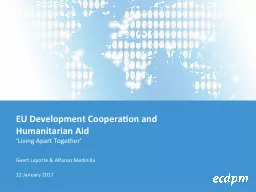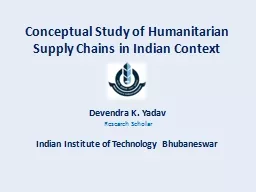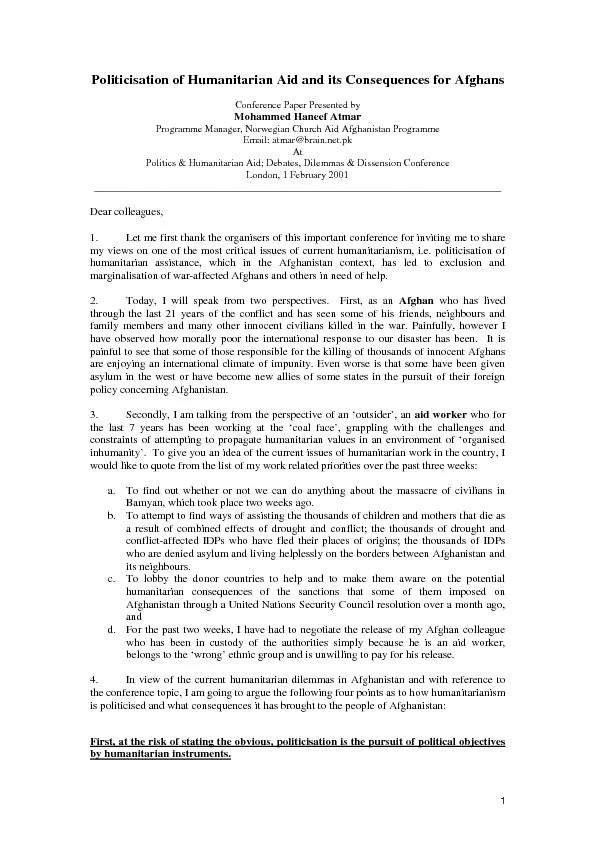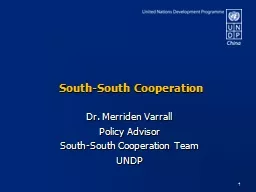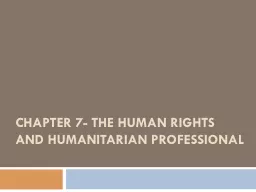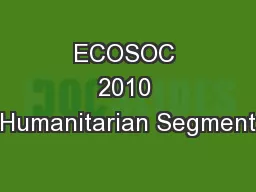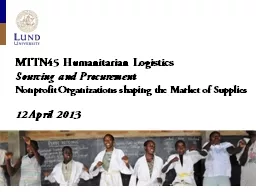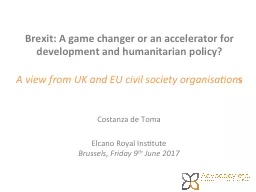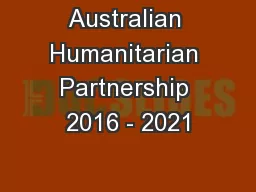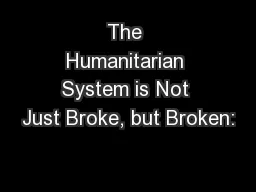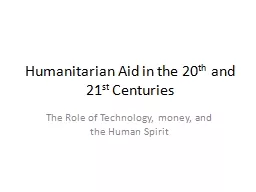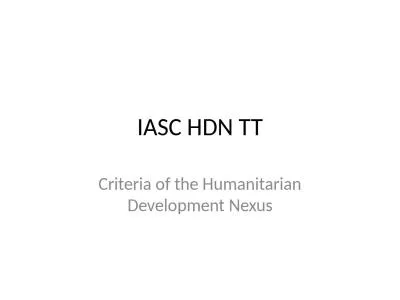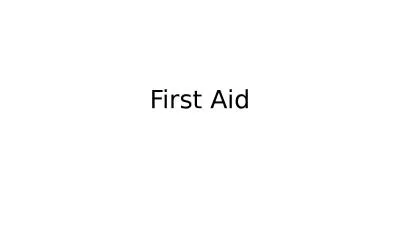PPT-EU Development Cooperation and Humanitarian Aid
Author : karlyn-bohler | Published Date : 2018-02-10
Living Apart Together Geert Laporte amp Alfonso Medinilla 12 January 2017 Outline The EU in the development and humanitarian landscape The EU and the HumanitarianDevelopment
Presentation Embed Code
Download Presentation
Download Presentation The PPT/PDF document "EU Development Cooperation and Humanitar..." is the property of its rightful owner. Permission is granted to download and print the materials on this website for personal, non-commercial use only, and to display it on your personal computer provided you do not modify the materials and that you retain all copyright notices contained in the materials. By downloading content from our website, you accept the terms of this agreement.
EU Development Cooperation and Humanitarian Aid: Transcript
Download Rules Of Document
"EU Development Cooperation and Humanitarian Aid"The content belongs to its owner. You may download and print it for personal use, without modification, and keep all copyright notices. By downloading, you agree to these terms.
Related Documents

